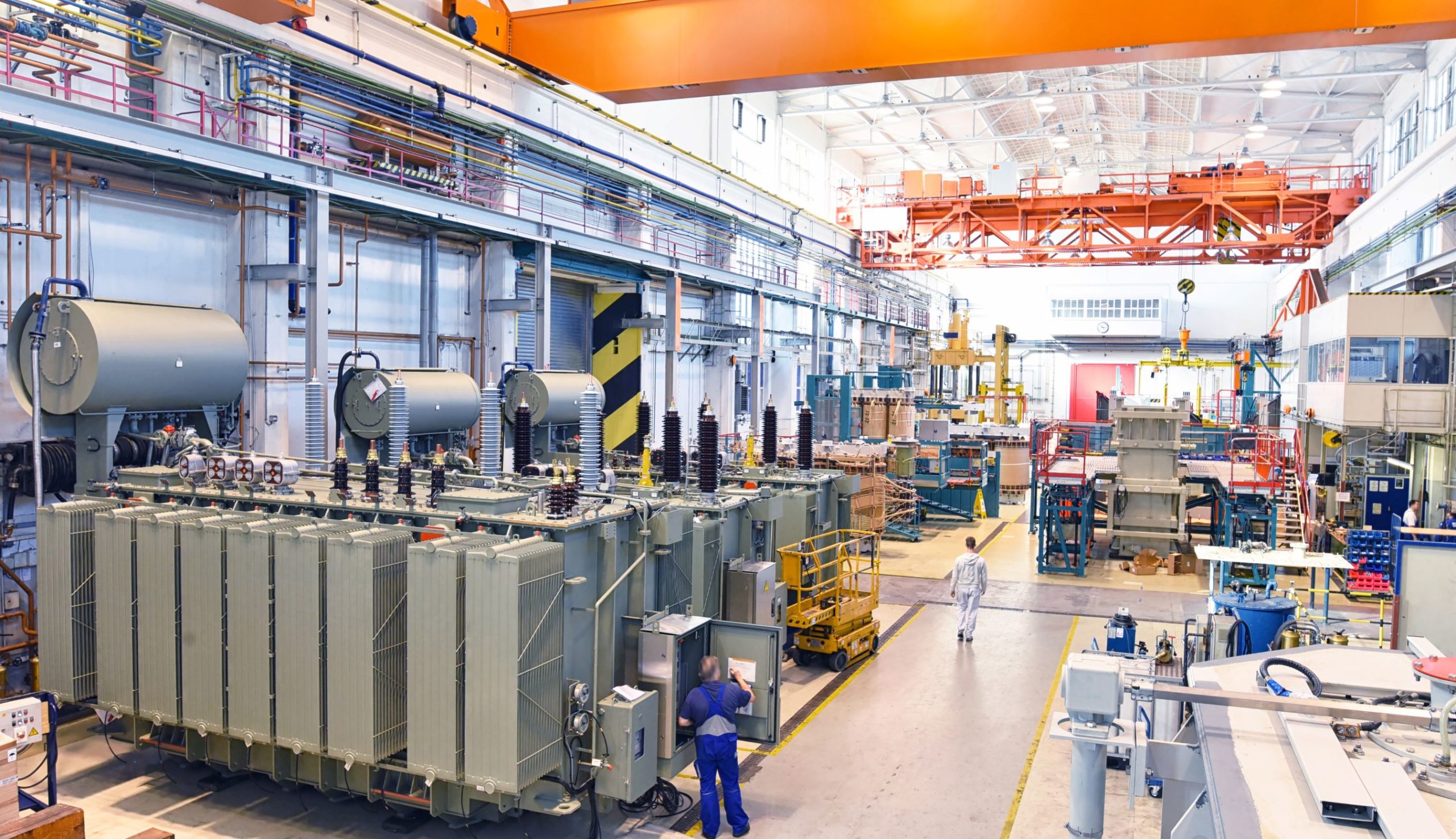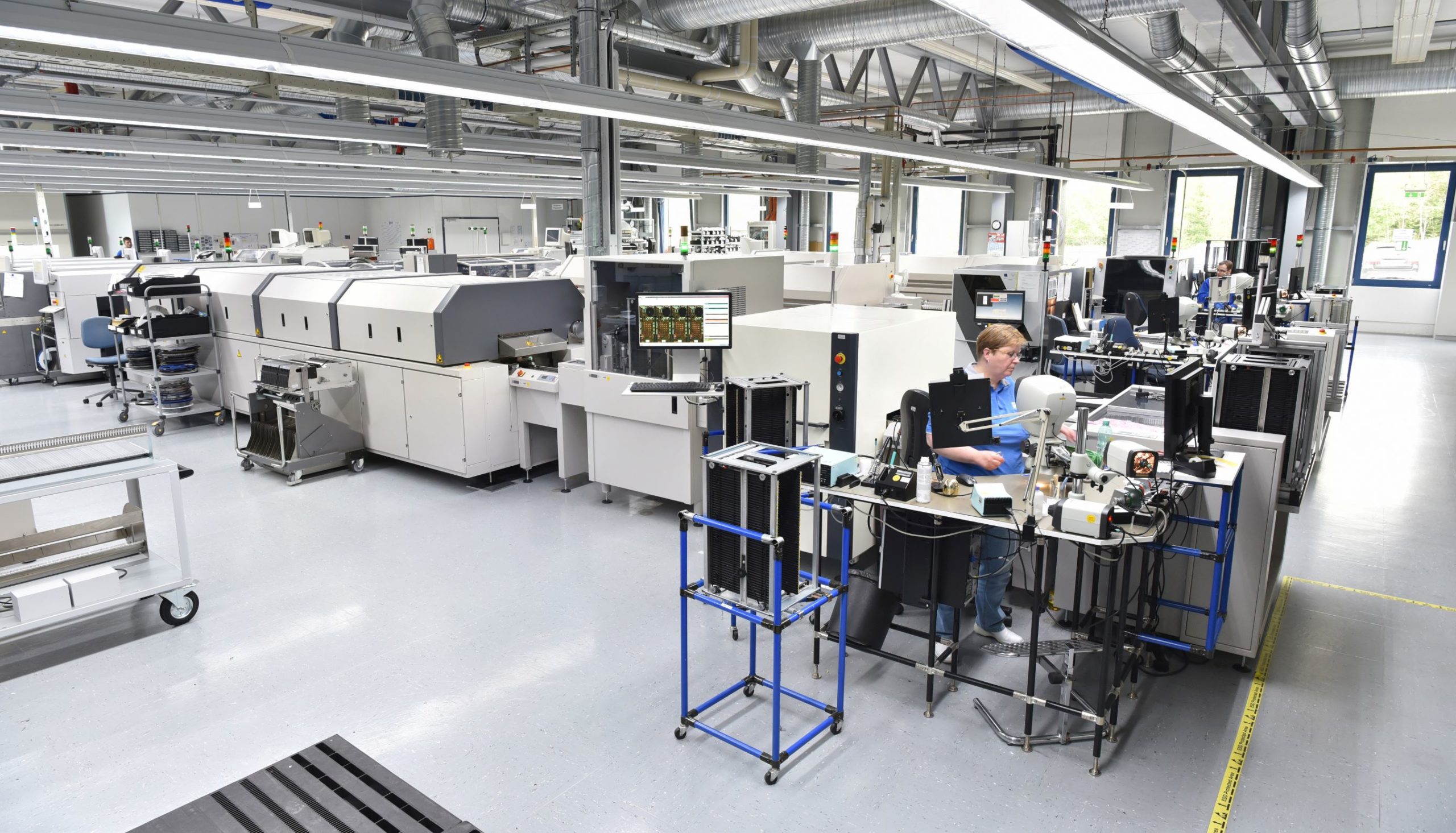Manufacturers that best navigate the challenges of the world they operate in have a number of characteristics in common.
1. A clear vision of how their manufacturing operation will look like and operate in three to five years’ time.
They have decided which markets and customers they want to serve and understand what it takes for their manufacturing operation to enable business success. They focus on a “vital few” strategic initiatives with clear deliverables and timelines and drive consistent execution.
For most manufacturers, business conditions are more volatile and ambiguous than ever. Therefore, they review their strategic initiatives regularly in the context of developing conditions and adapt. However, their long-term course is stable.
2. An aligned operating model
Winning manufacturers align their operating model with their vision. They know that if they don’t, their de facto strategy (their day-to-day operation) will deviate from their intended strategy. And they keep organisational complexity low, as complexity drives costs up and speed and flexibility down.
This means well-aligned and leaned-out business processes; KPIs that help control the operation; unambiguous roles and responsibilities; decision-making power low in the organisation; a reporting structure that creates transparency and insight into actual performance; and a meeting structure that facilitates effective, fact-based decision making.
3. Employees with a high level of ownership
Employees at all levels in the organisation feel co-owners of the company and demonstrate a relentless drive to eliminate performance bottlenecks.
They have the skills to be successful and make sure they acquire new skills in line with the evolving needs of the company, including digital and data literacy.
4. Relentless drive to eliminate complexity and cost
Complexity creates costs and inflexibility. They consider each and every type of complexity: product and service design, the design of production means, total cost of ownership of purchased goods and services, and the cost of ownership of a supplier, contractor, or client.
5. Continuous investment in Industry 4.0 technologies
Today, organisations deploying advanced digital and analytics tools across the value chain are delivering step-change gains in productivity and sustainability – achieving up to 35% higher quality, a 40% uplift in productivity, 48% shorter lead times, 50% faster new-product introduction (NPI), 30–50% cuts in Scope 1 and 2 emissions, around 30% less material waste, and 25% lower energy and water use.
Labour remains tight, environmental and regulatory demands are rising, the economic and political outlook is uncertain, and supply chains remain fragile. In this context, Industry 4.0 isn’t optional; it’s how leading manufacturers tackle these pressures while widening their competitive lead.






